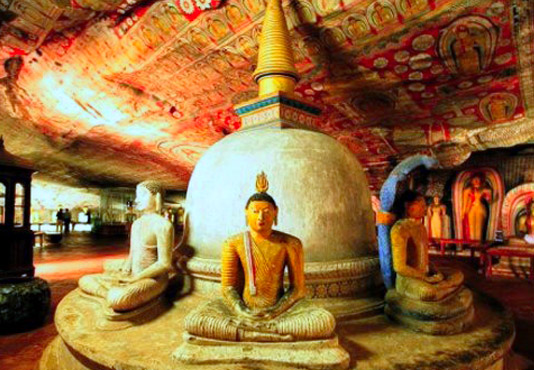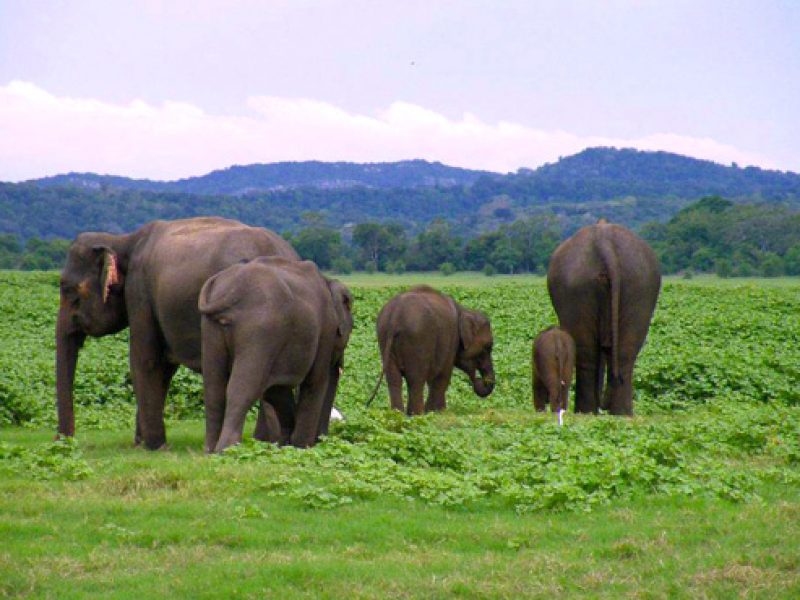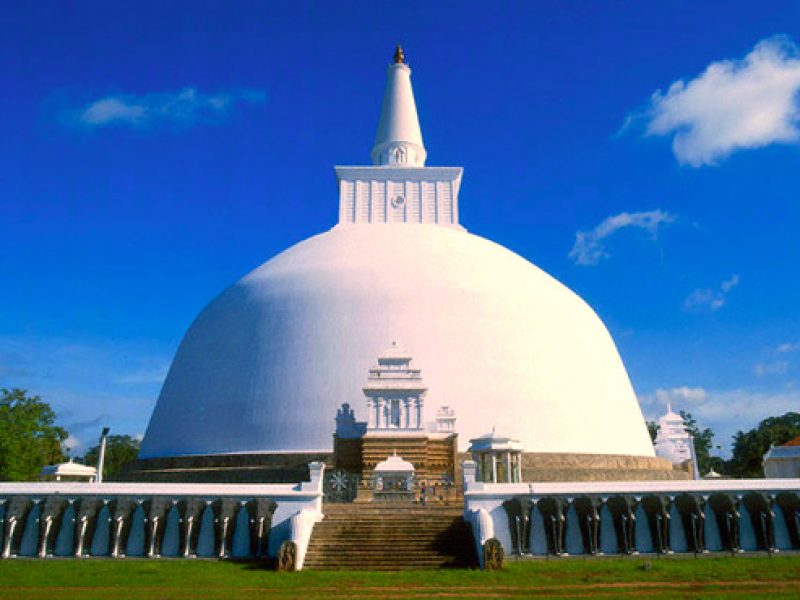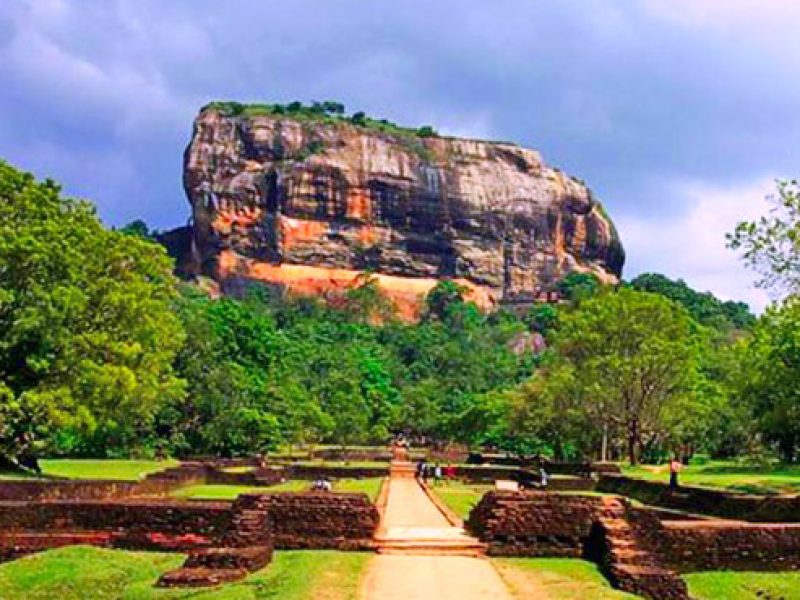Dambulla Cave Temple

The caves at first came into use as a refuge for King Valagambahu in 1st century BC. Concealed by the local monks, upon returning from exile to his throne at Anuradhapura, he had the magnificent cave temple built for them. The cave temple consists of a complex of Buddhist image houses. Its rock ceiling is one large sweep of colorful frescoes, some of which dates back to over 2,000 years, which depicts Buddhist mythology, and the tales of the Buddha’s previous births. This cave temple has the largest number of Buddha statues all housed in one place, including a 14 meter long, colossal figure of the recumbent Buddha carved out of the rock.
You May Also Like

Habarana
Spend a morning in the remote village of Hiruwadunna and experience Sri Lanka’s unhurried rural village life. This is a beautiful setting where the villagers go about their daily lives with the greatest respect to nature. Take a bumpy, cattle-drawn bullock cart ride pass paddy fields and the village temple. Join a fisherman in his […]

Anuradhapura
Sri Lanka’s first capital, Anuradhapura, was the greatest monastic city of the ancient world. It was royal capital for more than 100 Sri Lankan kings and at its heights was home to thousands of monks from dozens of monasteries. Originally founded by a minister called Anuradha, in the 4th century BC, it became the capital […]

Sigiriya
Sigiriya, a UNESCO World Heritage Site, is one of the most dramatic historical locations in the world. A mythical past of feuding dynasties suits Sigiriya’s inspiring setting. It was built in 5th century AD by king, Kasyapa, as a fortress-palace. It is believed that some of the paintings may have been wiped out during subsequent […]

Bundala National Park
Bundala is an important and beautiful Wetland Sanctuary combining 20km of beach, lagoons and scrub which host more than 150 bird species. These wetlands are home to winter migratory birds and large flocks of flamingoes. The lagoons prove popular with crocodiles whilst on dry land herds of up to 60 elephants can be seen, as […]